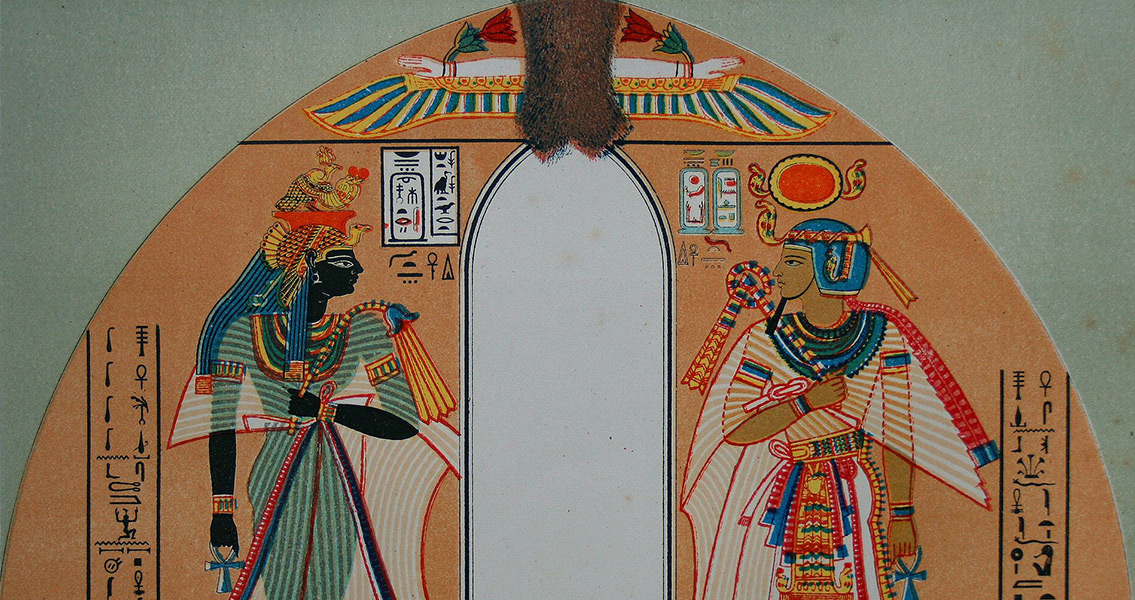<![CDATA[Analysis of the height of 259 ancient Egyptian mummies has revealed that incestuous practice was indeed commonplace among the empire’s royals. The study, from the Institute of Evolutionary Medicine at Zurich University, looked into the height variation among mummies as a non-invasive means of confirming the reports of incest contained in many historical documents. DNA analysis of a mummy’s tissue is considered unethical. Since height is a mostly inherited characteristic, Frank Ruhli’s team decided to focus their attention on it, and compare variations among ancient royal and common Egyptians. What they found was that height variation was significantly greater in the common people. The height of pharaohs – with samples studied from all the major dynastic periods of the ancient empire – varied very little, indicating the lack of genetic diversity associated with incest. In general, the royals were taller than the common population, a fact which could be attributed to a healthier lifestyle and a better diet, as suggested by another researcher, biological anthropologist Barry Bogin from Loughborough University. Talking to Discovery News about the Zurich University study, he said that similar findings in height variation had been made among Guatemalan children: those from the wealthiest families displayed less variation in height than middle-class children, but on the whole were taller than them. However, in women in ancient Egypt there did not seem to be such a noticeable difference in height between royals and commoners. Among the overall population, male height ranged from an average of 1.70m in the Early Dynastic period (2925 to 2575 BCE) to 1.61m during the New Kingdom spanning the period between 1550 and 1070 BCE. The average height for pharaohs was 1.66 m, while for princesses and queens it was 1.57 m. The researchers also ranked pharaohs in terms of degree of consanguinity and found that the product of the longest line of incestuous relations (three generations most likely) was Amenhotep I, who stood 1.65 m. At the other end of this scale, although the team say the conclusions are not too reliable, was Thutmosis III, who was not the child of sibling parents but his grandparents had been brother and sister. The tallest pharaoh of them all, it seems, was Ramses II, who lived between around 1303 and 1212 BCE and stood at an impressive 1.73 m. His wife was also much taller than the average for the period, at 1.65 m, making her taller than most men at the time. Incest was not an Egypt-specific phenomenon, scientific journalist David Dobbs points out in an article for National Geographic magazine. Although for the general population it was usually a taboo, this was not the case for royal families. Incestuous marriages happened among the Incas too, as well as in some tribes in central Africa, Mexico, and Thailand. In Europe, although sibling marriages were not permitted, those between cousins were frequent among most major dynasties such as the Bourbons and the Hohenzollerns. The practice, despite the risks of genetic overlapping that could lead to malformations and a host of other problems, seems to have been condoned by royal families through history not just because it kept the blood pure, so to speak, but also because it set the aristocracy apart from the common folk. Nowadays, there are instances of conscious incest between brother and sister, and parent and child, yet the practice remains socially unacceptable. ]]>
Pharaohs’ Heights Confirm Royal Incest
